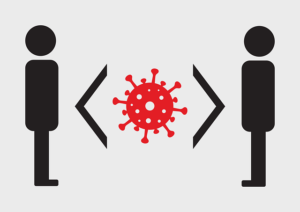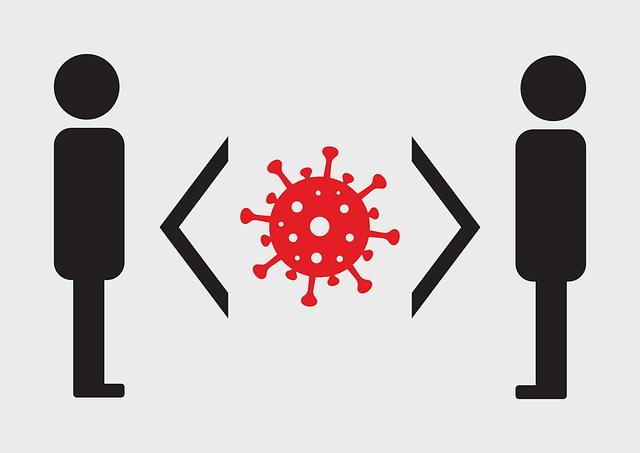
President Rodrigo Duterte has decided to maintain the one-meter physical distancing requirement in public transportation, presidential spokesperson Harry Roque, Jr. announced on September 19.
In addition, the commuting public must adhere to health protocols, such as wearing of face mask and face shield and avoiding talking and eating inside the public mode of transport, Roque said in a statement.
The decision came a few days after Malacañang suspended the implementation of a reduced physical distancing in public transportation in response to opposition from medical groups, the Department of Health (DOH), and the Department of the Interior and Local Government (DILG).
In news reports, both chiefs of DOH and DILG argued against the reduction of physical distancing in public transportation, citing the recommendation of the World Health Organization (WHO) to maintain at least a one-meter distance.
Agencies of the Department of Transportation (DOTr) on September 14 started to implement the policy of reduced physical distance in public transport for air, maritime, and land to increase ridership capacity. This was after the Inter-Agency Task Force for the Management of Emerging Infectious Diseases (IATF), in Resolution No. 69-A, adopted the recommendation of DOTr and the Economic Development Cluster (EDC) to reduce passengers’ distance to a safe minimum with face shields and face masks in place.
DOTr in a separate statement on September 19 said they will comply with and strictly implement the one-meter physical distancing requirement in public transportation.
It earlier explained that strict health protocols like the mandatory use among commuters of face masks and face shields were now being enforced to contain the spread of the coronavirus (COVID-19). As such, the one-meter physical distancing measure could be safely adjusted to an initial 0.75 meter, then to 0.5 meter, and then later to 0.3 meter to increase ridership.
Former Health Secretary Dr. Manuel Dayrit, who led a panel of medical experts that recommended to IATF to reduce physical distance, earlier said that while the WHO makes certain norms and standards, countries have to deal with the situation according to their own contexts.
Dayrit said evidence showed that physical distance could be maintained below one meter as long as other health measures were implemented.
For his part, Transportation Secretary Arthur Tugade earlier cited the need to safely optimize the carrying capacity of the various public transport modes as Metro Manila and its adjacent areas continued to transition towards the “new normal,” when more workers were expected to return to their workplaces and more businesses would resume operations.
The EDC had also expressed support for a reduction in physical distance among commuters in public utility vehicles to a minimum, with strict health and safety measures properly observed.





